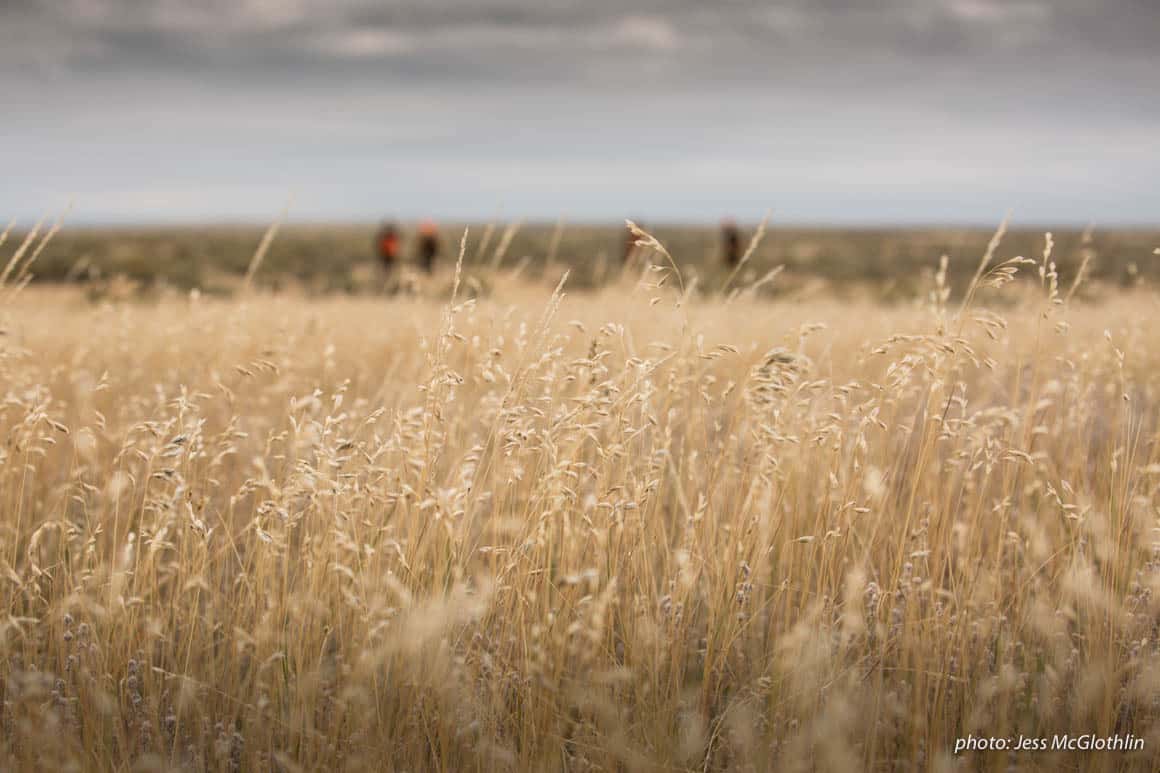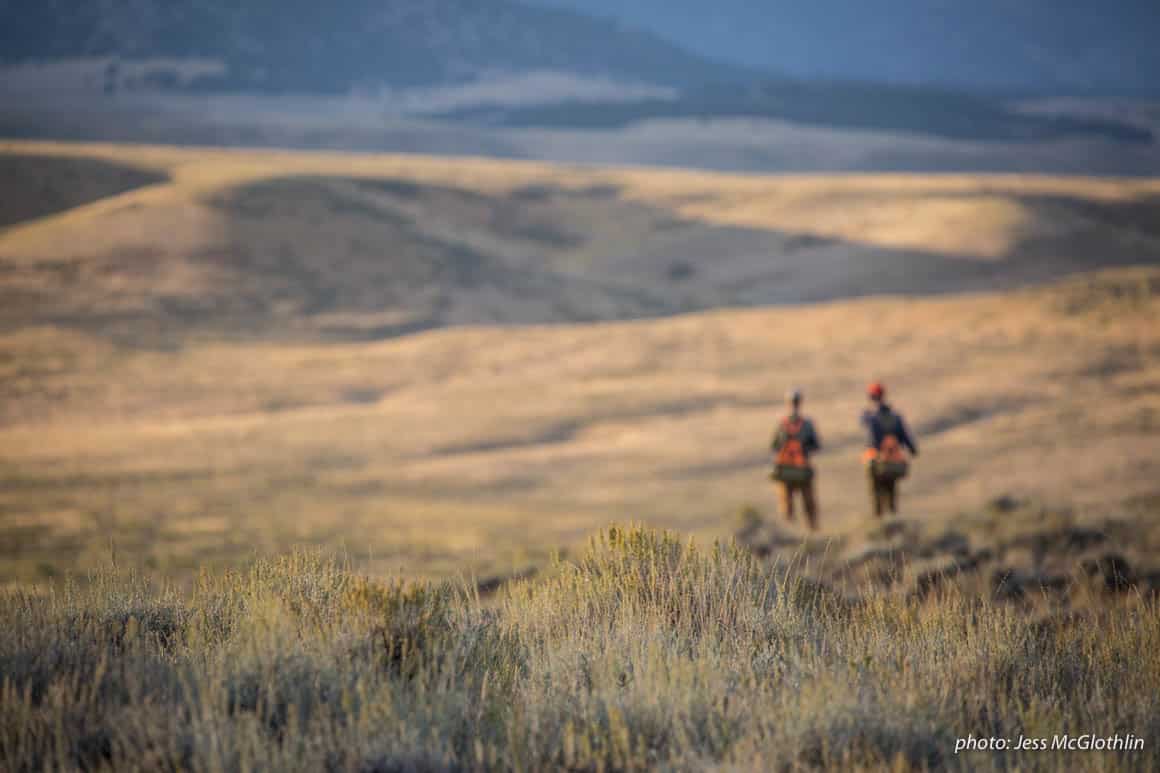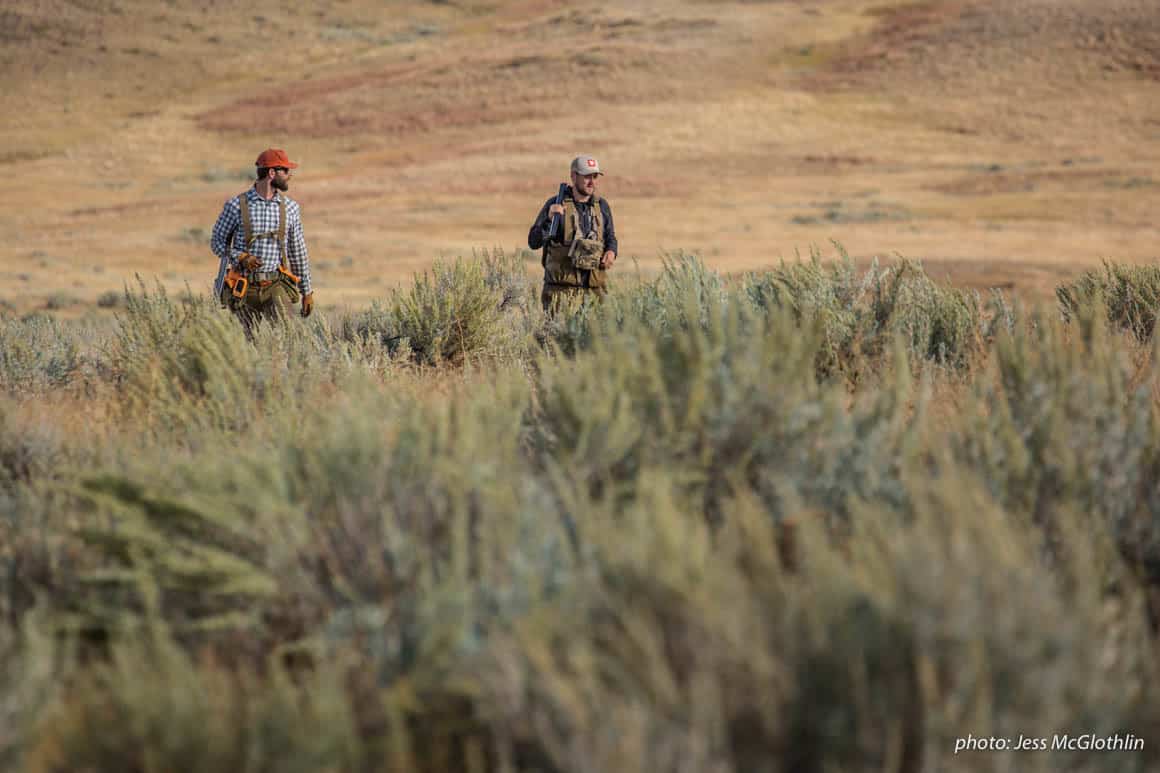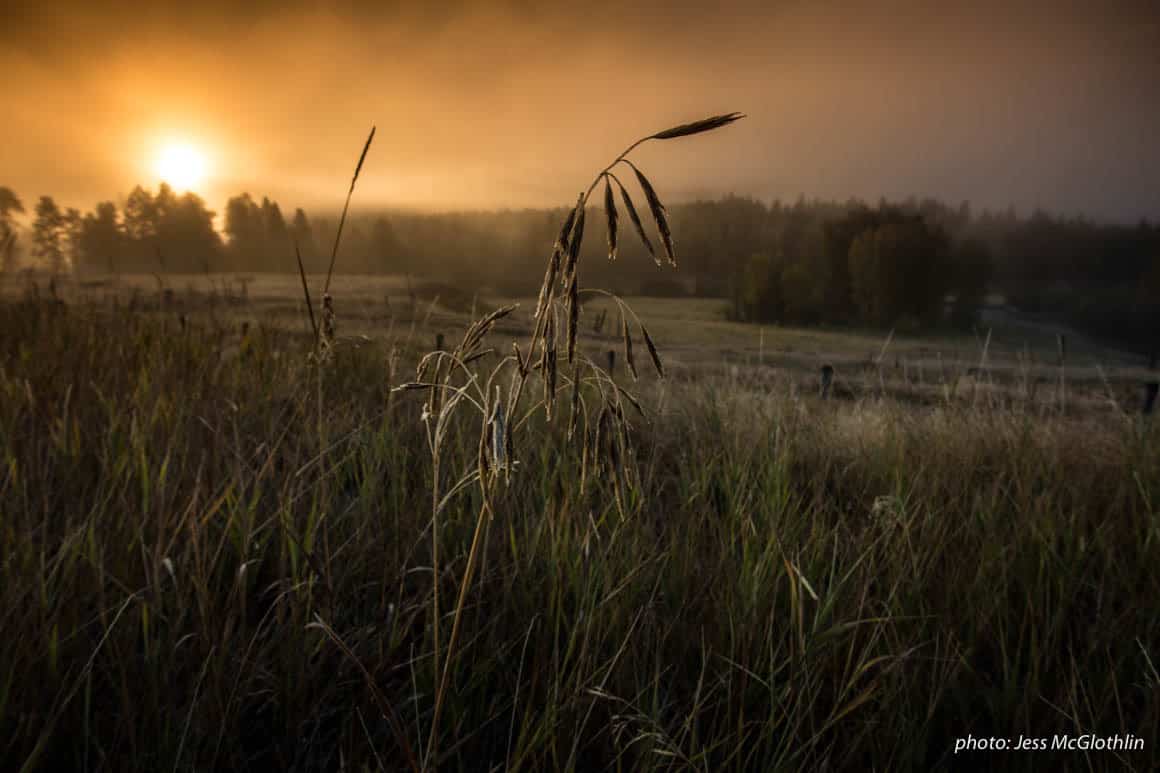We’ve seen great bipartisan work on the passage of LWCF—here’s what that means for you.
After failing to pass Congress in September, the Land and Water Conservation Fund (LWCF) has now passed the final step in securing permanent reauthorization. President Trump’s signature today on the Natural Resources Management Act (S. 47) is a step in earmarking $900 million annually that will be set aside for recreational opportunities and conservation.
“The permanent reauthorization of LWCF marks a historic and important victory for America’s wild and cultural resources,” commented Eric Siegfried, onX Founder. “The public lands package of S. 47 will go a long way in helping support critical infrastructure needs, preserving key public lands, and helping grow our strong outdoor recreation economy. Of particular note to onX and our partners is the 3% of the fund earmarked for helping outdoor recreation by supporting access enhancements throughout the United States. That’s an increase from 1.5% in previous bills. These funds are critical to continue ongoing work to preserve and enhance access to public lands. Thank you to all the policymakers who worked to pass this truly bipartisan effort to preserve our outdoor spaces for generations to come.”

The LWCF officially expired on September 30, 2018, leading to an outcry championed by outdoors enthusiasts and conversation-minded voters around the country. The expiration ceased funding for land acquisitions by federal grants or agencies to the states, though Congress could still provide funding for certain conservation programs and projects. Historically LWCF funds have been siphoned off for non-conservation government funding, and the opportunity to reauthorize the fund is seen as an opportunity to avoid the same pitfalls in the future.
Resurrected in the new year, the bill passed through the Senate with strong support and then soared through the House of Representatives with an authoritative vote of 363 to 62. The bill then moved to the President’s desk for a final signature. This success is the result of years of bipartisan efforts and the vocal support of conservationists around the country, and marks a unique instance where members of both parties were united over a common love for the outdoors and a respect for the importance of outdoor recreation to a healthy, functioning society.

The 662-page S. 47 creates six new National Park Service units, establishes new wildlife protections, blocks select mining efforts near existing national parks, designates 1.3 million acres of wilderness, and more. Current Department of Interior data shows that historically LWCF helped fund more than 40,000 state projects encompassing 2.37 million acres that are now protected, acres that are key to preserving—and growing—the $887 billion recreation economy reliant upon these very same outdoor spaces.
“As an employee of the outdoor recreation economy, I’m grateful for the bipartisan efforts to permanently reauthorize LWCF and expand protections for valuable public resources,” noted Lisa Nichols, onX Geographic Information System (GIS) Supervisor. “Public lands are part of our American heritage and are fueling a resurgence in rural economies with the rapid growth of the outdoor industry. LWCF is a critical tool to secure public lands and the jobs that go with them.”
About the Land and Water Conservation Fund: Funded from specially allocated deposits generated from natural gas and offshore drilling in the Outer Continental Shelf, the LWCF has provided more than 50 years of funding to conservation and recreation opportunities around the United States. These deposits, approximately $2.46 million daily, total nearly $900 million annually and will help preserve recreational opportunities around the country, supporting an outdoor industry totaling $887 billion a year.

So what does this mean for you? The preservation of key public lands, a strong outdoor recreation economy, and—perhaps most importantly—places to do the things we love, outside in wide open spaces.
